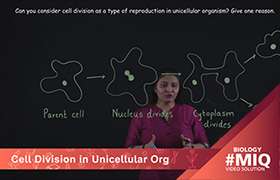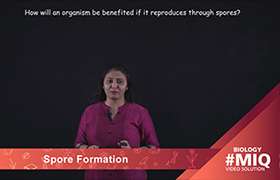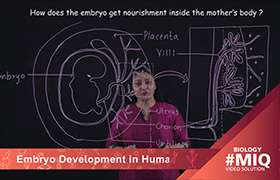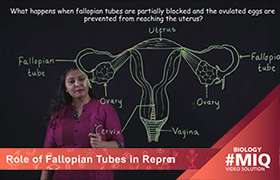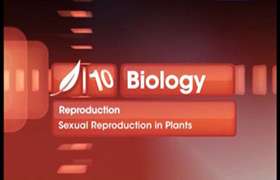CBSE Class 10 Answered
how is the stability of DNA maintained over generations ?
Asked by Paraukkhal | 16 Feb, 2011, 04:45: PM
Dear student,
This happens during gamete formation and reproduction.
Human beings have 46 chromosomes in each cell, with two sets of 23 chromosomes. In other words, they are diploid.
During process of gamete formation, the reproductive cells undergo meiosis due to which haploid gametes are produced. Each gamete contains 23 chromosomes. Every gamete or germcell will take one chromosome from each pair and these may be of either maternal or paternal origin.
When a sperm combines with an egg during fertilisation, a diploid zygote is formed. In zygote, the normal number of chromosomes is restored. Through mitosis, zygote forms all cells of the progeny. Thus all progeny cells have the normal diploid condition with 46 chromosomes, ensuring the stability of the DNA of the species.
Regards, Team Topperleaning
Answered by | 23 Feb, 2011, 01:23: PM
Application Videos
Concept Videos
CBSE 10 - Biology
Asked by ar3886267 | 01 Mar, 2024, 05:57: PM
CBSE 10 - Biology
Asked by janu69659 | 28 Feb, 2024, 09:12: PM
CBSE 10 - Biology
Asked by baibhabsenapati | 16 Feb, 2024, 01:29: PM
CBSE 10 - Biology
Asked by mohammedtaiyabt | 14 Feb, 2024, 05:42: AM
CBSE 10 - Biology
Asked by ananyapatharidav | 06 Feb, 2024, 06:51: PM
CBSE 10 - Biology
Asked by artikumari118 | 05 Feb, 2024, 10:45: AM
CBSE 10 - Biology
Asked by muskan.bharti.dih | 08 Nov, 2023, 11:53: AM
CBSE 10 - Biology
Asked by saritadiwakarjha | 09 Mar, 2023, 02:45: AM
CBSE 10 - Biology
Asked by ten.foundation | 15 Jul, 2022, 02:32: PM
CBSE 10 - Biology
Asked by winkeyroy98 | 15 Jul, 2022, 02:30: PM


